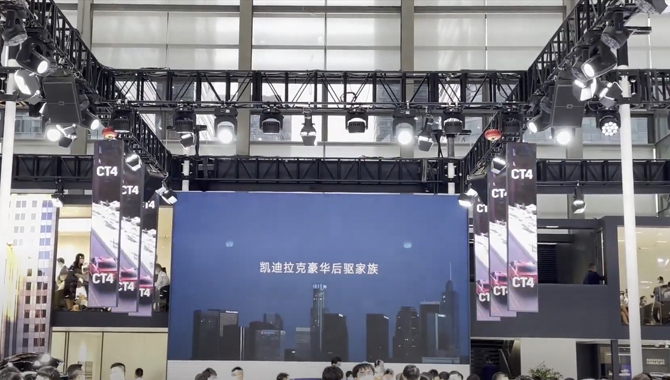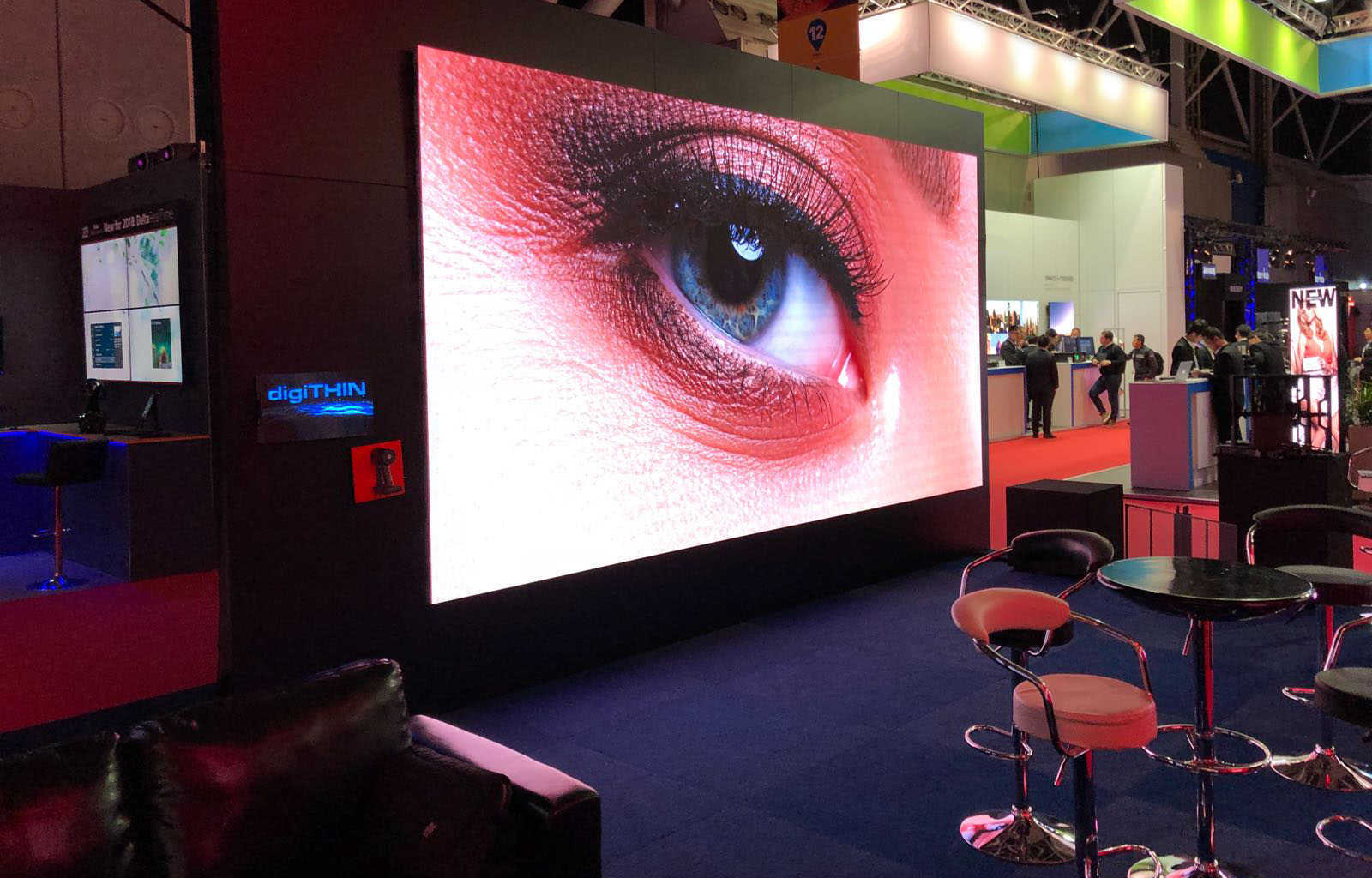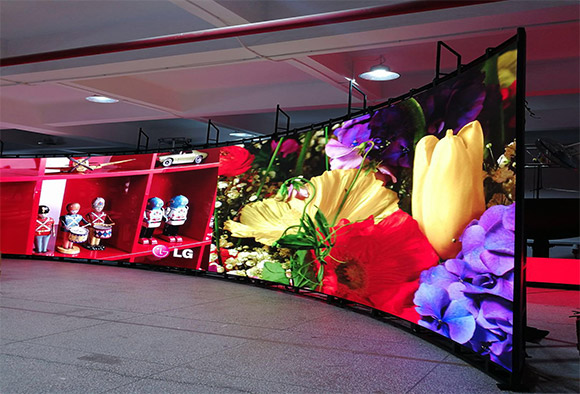
Global Supply Chain Dynamics in the LED Industry
Global Supply Chain Dynamics in the LED Industry: Trends, Challenges, and Future Outlook
The global supply chain plays a crucial role in the LED industry, including influencing everything from raw material sourcing to manufacturing and distribution. However, recent disruptions, including trade restrictions, logistical bottlenecks, and fluctuating demand, have reshaped the landscape. As businesses adapt, understanding key trends, challenges, and future prospects is essential for maintaining stability and growth.
Key Trends in the Global Supply Chain for LEDs
- Rising Demand for Energy-Efficient Lighting: As the shift toward sustainable and energy-efficient lighting accelerates, the pressure on the global supply chain continues to grow. Moreover, with governments and organizations actively pushing for greener solutions, the demand for LED components; such as semiconductors and rare-earth materials, keeps rising.
- Digital Transformation in Supply Chain Management: To improve efficiency, companies are increasingly embracing digital tools to streamline their supply chain operations. Furthermore, AI, IoT, and blockchain technologies are enhancing real-time tracking, predictive analytics, and inventory management, ultimately making the supply chain more resilient.
- Localized Manufacturing and Supplier Diversification: In an effort to reduce dependency on specific regions, LED manufacturers are diversifying their supplier base and relocating production closer to key markets. Consequently, this strategic shift in the supply chain plays a crucial role in minimizing disruptions caused by trade policies and geopolitical tensions. Furthermore, by embracing such a diversified approach, these manufacturers can more effectively navigate unforeseen challenges and capitalize on emerging opportunities.
Challenges Affecting the Global Supply Chain in the LED Industry
- Raw Material Shortages
Given that the LED industry heavily depends on rare-earth elements, primarily sourced from China, any disruption in the supply chain can have significant consequences. For instance, whether due to export restrictions or geopolitical conflicts, such disturbances can lead to increased production costs and delays. Moreover, these challenges underscore the importance of diversifying supply sources to mitigate risks. - Logistics and Transportation Delays
Shipping congestion, rising freight costs, and unpredictable transportation delays have created significant challenges in the global supply chain. As a result, these issues directly affect the timely delivery of LED components and finished products. Moreover, this situation underscores the critical need for robust logistics management and strategic planning. Additionally, companies are increasingly exploring alternative shipping routes and innovative partnerships to mitigate these persistent disruptions. - Regulatory and Trade Barriers
As trade regulations evolve, companies must navigate tariffs, environmental policies, and compliance requirements across different markets. These regulatory changes add complexity to the global supply chain, affecting production costs and efficiency.
Future Outlook: Strengthening the Global Supply Chain
- Sustainable and Ethical Sourcing
To secure long-term stability, manufacturers are investing in sustainable and ethical sourcing practices. By reducing reliance on scarce materials and implementing recycling initiatives, they can make the global supply chain more resilient. - Strategic Partnerships and Supplier Networks
Companies are forming strategic alliances with multiple suppliers to create a more adaptable global supply chain. This approach minimizes the risk of disruptions caused by geopolitical shifts or regional crises. - AI and Automation for Supply Chain Optimization
The integration of AI and automation is transforming the global supply chain. Smart logistics, predictive demand forecasting, and automated warehousing solutions enhance efficiency and reduce costs.
Final Thoughts
The global supply chain for LEDs is evolving rapidly due to market demands, technological advancements, and geopolitical influences. Businesses that embrace digital transformation, diversify suppliers, and implement sustainable practices will be better equipped to navigate future challenges.











